A tire's load pressure durability and tire ply rating go hand in hand. When looking for new tires, often getting the higher load capacity tire might seem like a good idea. But, is that really the case?
Often purchasing the old reliable load range is better. This is where Load Range E tires come into play. They are popular, they offer good performance, and the load range E weight capacity is nothing to sneeze at.
E-rated tires are perfect for wheels handling heavy loads daily. They ensure the durability, controllability, and performance of the vehicle.
The load-carrying capacity of light trucks is categorized by their load range. The load range letter of each tire determines the maximum load pressure a single tire can handle. Depending on this letter, the tires have more or less durable constructions.
Tires with higher load ranges are able to carry heavy loads, as the tire's plies maintain their ideal tire shape. As the tires do not deform, they are able to also offer better traction, even with LT flotation models. Furthermore, the load range letter will also determine the maximum allowable PSI levels of the specific tire.
Typically light truck, trailer, and commercial truck tires require the highest load ranges available on the tire market. But, what is the max load capacity of these tires? Let's take a look.
On this load range chart, you will see all the important information regarding load range ratings.
Now, the question arises: what is the difference between load range and load index capacity?
Simply speaking, the load index is used for P-metric sizes, while the load range is for trailer and LT tires. The difference is simply their ply structure and load-carrying capacity.
However, when looking at things closely, their maximum load capacity makes a huge difference between the tire type categories. This is due to it affecting the tires' performance, traction, fuel efficiency, tread life, etc.
This is due to it affecting the tires' performance, traction, fuel efficiency, tread life, etc.
The max load durability of P-metric sizes is measured in with load index. The tire load index capacity is represented with numbers, which show the load capacity of passenger cars and SUV tires.
Check out the Tire Load Index Chart below:
Additionally, they can also be separated into Standard Load and Extra Load tires - which are more reminiscent of load ranges. This determines the maximum pressure (load and driving) that SUV and passenger tires can handle safely. Even extra load tires are weaker than LT-metric sizes.
You can find the load index on the tire's sidewall before the speed rating. Together they form an alphanumeric code that represents the speed and load capacity of each tire. They will differ from tire to tire, depending on the tire size and performance.
As the load range rating tells you the maximum load capacity of each tire, there will be certain tires that offer less or more plies in their construction. So, where do E-rated tires belong?
So, where do E-rated tires belong?
Load range E tires come with a 10-ply rating. This means that the construction of the tire offers equivalent strength to a 10-ply structure, but it does not necessarily feature 10 plies. As an example, the actual meaning of the E rating is that a single tire can handle 1,520 lbs at 80 PSI.
This means that all the tires with this rating will have the same maximum load carrying capacity thanks to the cord layers, plies, and internal structure. They are able to carry more load than a load range D or C tire, but less than a load range H size. This is the same for both radial and bias-ply tires.
Load range E is a 10-ply rated tire. However, this does not mean that load E tires feature a 10-ply construction. Usually, the tires have 1 or 2 plies, which are equivalent in their strength to 10 plies. This construction offers the load range E weight capacity, which is 1,520 lbs/tire.
No, passenger tires cannot be load range E.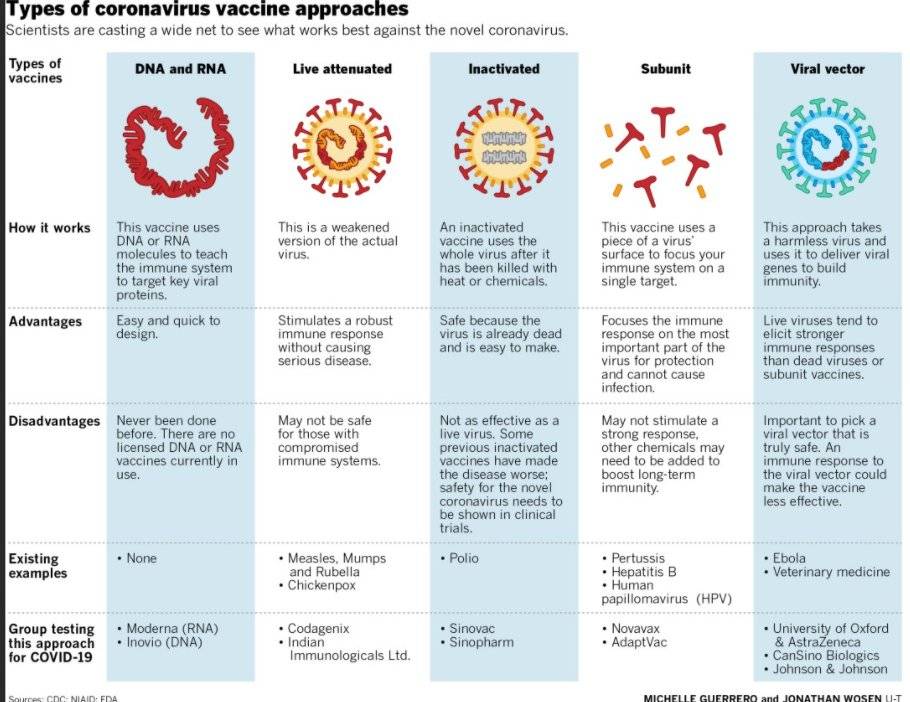 Manufacturers build these tires with standard load or extra load ratings, but they are not equivalent to LT-metric load ratings.
Manufacturers build these tires with standard load or extra load ratings, but they are not equivalent to LT-metric load ratings.
In fact, most SUV and passenger tires all feature 4-ply ratings. Pay close attention to their sidewall, where you can see their load index and speed rating, as well as their standard load or extra load specifications. Still, keep in mind that the tire load index capacity is less than a load range E max load rating, as passenger tires with load index ratings are smaller.
Let's complicate things even more! Did you know that E1 and E2 load range ratings exist?
Generally speaking, both of these ratings offer the same maximum load and performance. However, the difference is between their sizes.
E1-rated tires have lower than 305mm footprint widths. They require 80 PSI to perform at the desired level and load capacity. This type of tire is perfect for on-road use, as its footprint optimizes its road gripping ability. Whether they are trailer tires or are used for towing, they will offer excellent driving safety for the vehicle.
Whether they are trailer tires or are used for towing, they will offer excellent driving safety for the vehicle.
On the other hand, E2-rated tires are tire sizes that feature 305mm and wider footprints. They run at lower PSI levels than E1 tires, as they need only 65 PSI to perform. This improves their flotation, which is important for off-road use.
You might have heard of flotation tires regarding agricultural equipment. These tires use less air pressure levels to offer the same performance and traction, without ruining the soil and field quality. E2-rated tires are similar, as they use LT-flotation to grip the surface and optimize their off-road traction.
Yet, even at lower PSI levels, load range E2 tires offer the same max load-carrying capacity.
Depending on the tire ratings, specific tires offer various maximum pressure durability. For example, a tire load range E rating means that the specific model and size can handle 1,520 lbs at 80 PSI.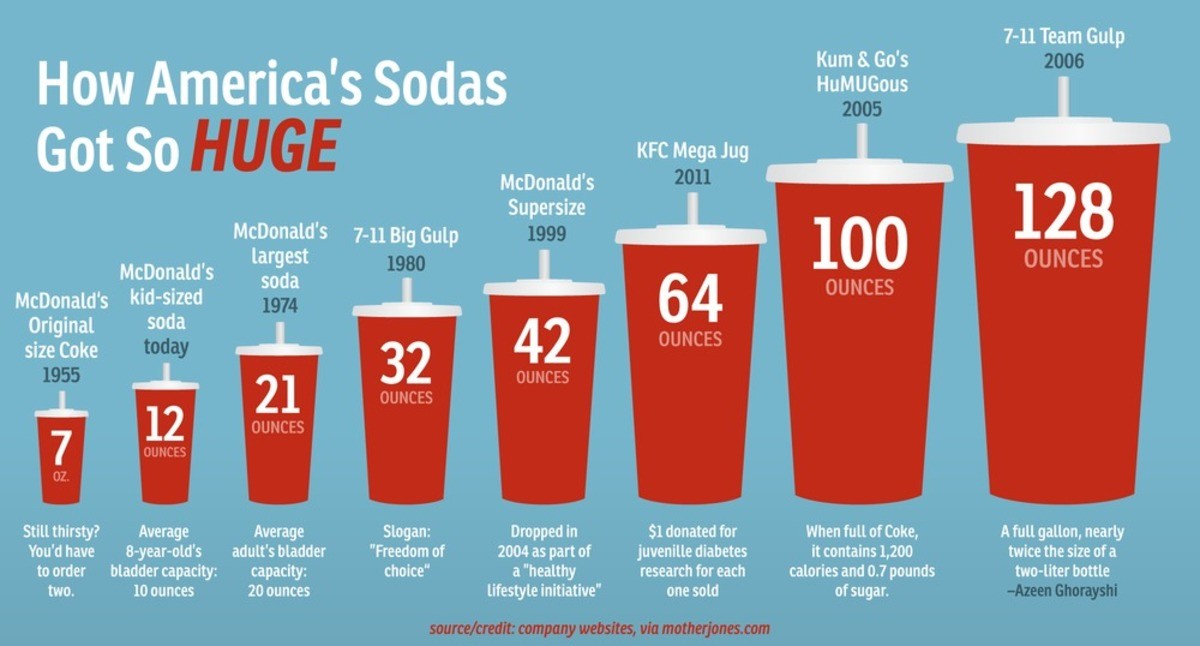 In other words, when the trailer or light truck tires hold the correct air pressure levels of 80 PSI, they can carry 1,520 lbs/tire.
In other words, when the trailer or light truck tires hold the correct air pressure levels of 80 PSI, they can carry 1,520 lbs/tire.
When it comes to light truck tires, and even some trailer tires, models with the tire load rating E are among the most popular ones. There are good reasons for this!
The E ply rating offers the necessary maximum load pressure durability for LT tires. This optimizes vehicle performance, the tire load-carrying capacity, and versatile surface grip, all without hindering the tire's durability.
Combine with their wider range of speed rating options and tire sizes, E-rated tires offer all desired characteristics light truck owners are looking for. Just remember, it is important for all four tires to have the same load range for the vehicle to securely perform.
Yes, Load Range E tires are good, as they provide the necessary load durability.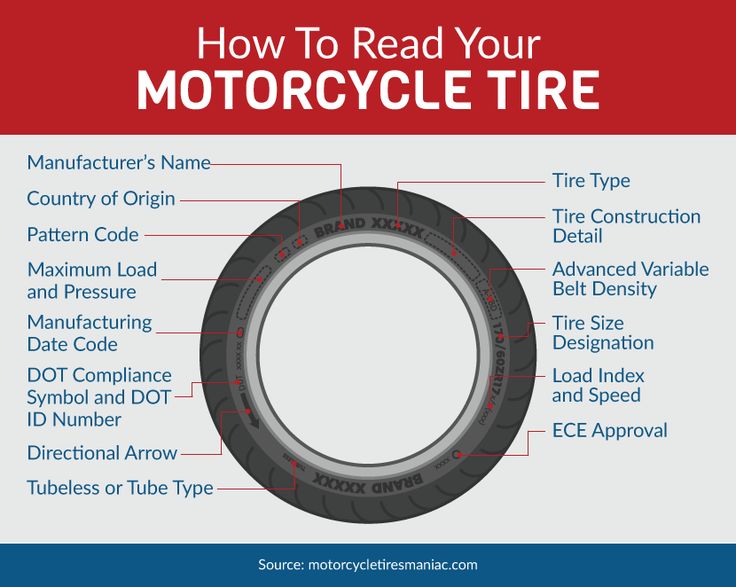 They are able to typically carry 1,520 lbs at 80 PSI without issues. This makes them perfect for most light trucks, which require higher tire load range capacity.
They are able to typically carry 1,520 lbs at 80 PSI without issues. This makes them perfect for most light trucks, which require higher tire load range capacity.
Load range D and E tires have different weight capacities. For example, a load range D tire can handle 1,220 lbs at 65 PSI, while an E tires carry loads at 80 PSI. If looking at their load durability, load range E tires are better, but that is the only difference between them.
Yes, all load range E tires are 10 ply. This is because load range is determined by the number of plies the tire's construction has. Therefore, load range E means that the tire sports a 10-ply structure, which corresponds with its load durability.
| How-To - Wheels and Tires
If you are like us, the first thing you might do with your new rig is add a leveling kit or suspension lift and larger tires. But when you do this, are you actually decreasing the towing capacity of your truck? If you don't pay close attention to what you are purchasing, that is certainly a possibility.
But when you do this, are you actually decreasing the towing capacity of your truck? If you don't pay close attention to what you are purchasing, that is certainly a possibility.
Some trucks, like the current Toyota Tacoma and Chevrolet Silverado 1500, come with P-metric tires instead of LT (light truck) tires. In this situation there is nowhere to go but up. The P-metric tires have lower load ratings than LT tires, and the sidewalls are not nearly as tough. So why do manufacturers use them? For starters, they cost less, but they also generally weigh less. For manufacturers trying to meet strict fuel economy requirements a lighter tire can help them reach their targets.
A tire's load rating is the maximum weight the tire is designed to carry at a given pressure. The maximum load range (rather than rating) of an LT tire is designated by a letter that corresponds to the maximum pressure the tire is designed to hold. In contrast, P-metric sizes aren't load-rated.
| LOAD RANGE | MAX LOAD PRESSURE (psi) |
| C | 50 |
| D | 65 |
| E | 80 |
| F | 95 |
Note that if a Load Range E tire is only inflated to 50 psi, it will likely be able to safely carry the same load as a Load Range C tire at the same pressure. Less pressure will decrease the amount of weight the tire can safely carry and generate more heat going down the road. Heat is the true killer of tires, which is why you always want to reinflate your tires to the proper pressure when you get to the end of the trail. Less air pressure is a conscious decision that off-roaders make to allow the tire carcass to conform to the terrain, but this should only be done at crawling speeds.
We can compare four different 265/70R17 tires to illustrate our point.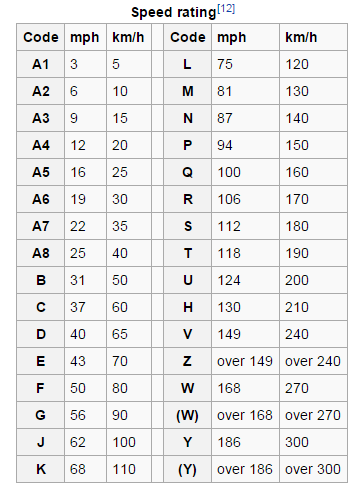 One is a P-metric Michelin LTX A/T 2, one is an LT Michelin LTX A/T 2, one is a Load Range C BFGoodrich All-Terrain KO2, and the last is a Load Range E BFGoodrich All-Terrain KO2. The P-metric Michelin is rated at 2,535 pounds at 44 psi and weighs 43 pounds. The LT Michelin is Load Range E, rated at 3,195 pounds at 80 psi and weighs 49 pounds, despite having less tread depth than the P-metric tire (12/32 inch versus 14/32). The Load Range C BFGoodrich tire (manufactured by Michelin) is rated at 2,470 at 50 psi and weighs 44 pounds, while the same tire in Load Range E is rated at 3,195 pounds at 80 psi and weighs 52 pounds.
One is a P-metric Michelin LTX A/T 2, one is an LT Michelin LTX A/T 2, one is a Load Range C BFGoodrich All-Terrain KO2, and the last is a Load Range E BFGoodrich All-Terrain KO2. The P-metric Michelin is rated at 2,535 pounds at 44 psi and weighs 43 pounds. The LT Michelin is Load Range E, rated at 3,195 pounds at 80 psi and weighs 49 pounds, despite having less tread depth than the P-metric tire (12/32 inch versus 14/32). The Load Range C BFGoodrich tire (manufactured by Michelin) is rated at 2,470 at 50 psi and weighs 44 pounds, while the same tire in Load Range E is rated at 3,195 pounds at 80 psi and weighs 52 pounds.
In the road racing world, a heavier tire is universally considered as a bad thing. More rotating mass means poorer acceleration and braking, and is harder on parts. These are true in the off-road world, but can you have such a thing as too light of a tire? A heavier tire means that there is more rubber, which translates into deeper lugs that provide better traction and thicker, stronger sidewalls. Keep weight in mind as a factor when you look for your next set of tires.
Keep weight in mind as a factor when you look for your next set of tires.
There is no need to run down the road with your tires at the maximum inflation pressure unless you have the payload to require it. The Nitto Exo Grapplers on this Duramax are rated at 3,195 pounds each at 65 psi for a total of 12,780 pounds, but the truck only weighs 6,500 pounds unloaded.
Over-the-road truck 19.5-inch and 22.5-inch wheels have become popular conversions on 1-ton trucks that do a lot of towing. These tires are available in Load Range G and wear like iron. The tradeoff is that the ride quality suffers since the tires are so stiff, and they do not conform at all to terrain, making them a poor choice off-road.
Light Truck (LT) tires will be marked with the load range, along with the load rating and the maximum pressure. The load rating is always at the maximum pressure for a tire; lowering the pressure lowers the amount of weight the tire can support.
If you air your tires down off-road (and you should), remember to air them back up when you get to the pavement. Heat is the biggest killer of tires. That heat can come from low air pressure, excessive weight, or high speeds. All of these factors result in friction that is converted to heat.
Dual rear tires are common on trucks dedicated to towing. The extra set of tires not only increases stability but also spreads the load across an extra set of tires in the rear, to share the workload.
The ply rating is just that, a rating. It does not imply that the sidewall actually has eight plies (in this case). Ply rating comes from older bias-ply tires that actually did use these many plies. Modern radials typically have sidewalls with two or three plies.
On a fullsize truck used for backcountry travel, load rating can be critical: Particularly if the truck is loaded heavy, like this Super Duty.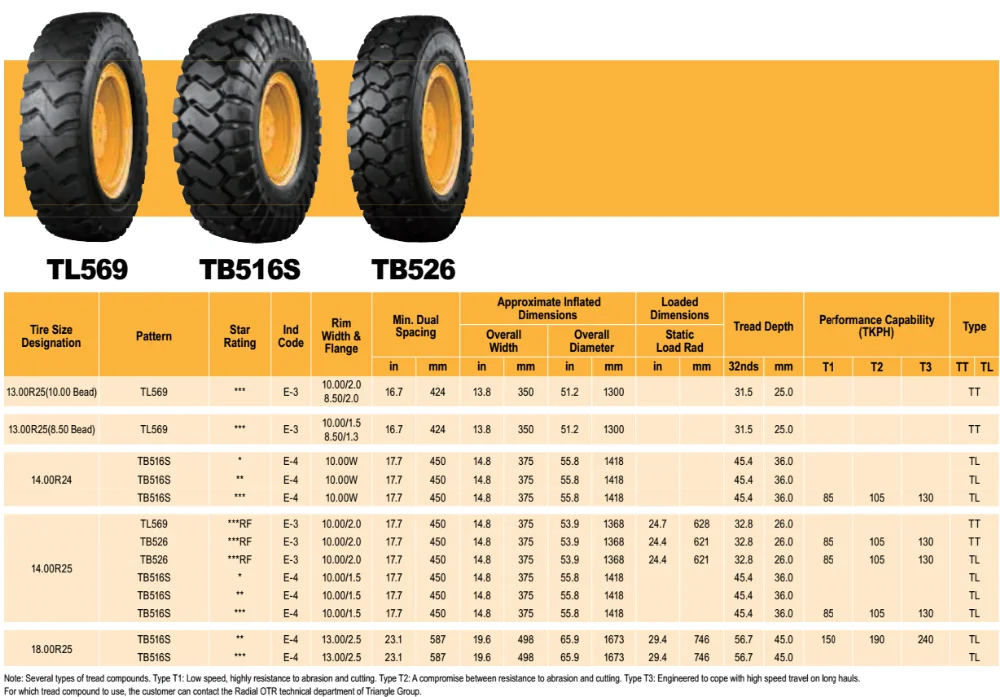 A Load Range E tire is recommended, and we would be very careful about airing down too much if traveling at more than crawling speeds.
A Load Range E tire is recommended, and we would be very careful about airing down too much if traveling at more than crawling speeds.
There is still value to running a Load Range E tire on a lightweight off-road vehicle. While the carcass will not be as flexible as an equivalent tire in a lower load range, the air pressure can be lowered to account for this. The reason the carcass is less flexible is because of heavier construction that fends off punctures off-road.
4x4 Garage Video Series! Episode 1: Updating A 1988 Ford Bronco SuspensionIn episode 1 of the new video series 4x4 Garage, host Christian Hazel tears down the suspension of a 1988 Ford Bronco for a 6-inch Superlift system and dives into the axles to prep them for new 4.88 gears and Eaton TrueTrac differentials to support the 37x12.50R17 Falken A/T3W all-terrain tires for awesome performance. Want to see more? Subscribe to the MotorTrend YouTube channel!
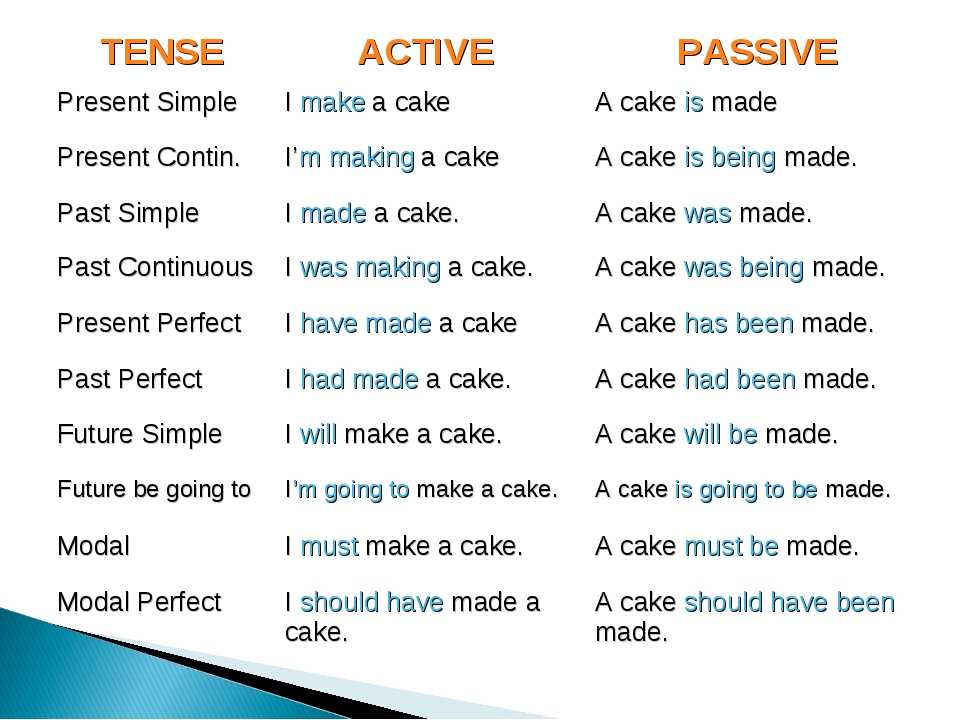 Which One Will Win The Ridler Award?
Which One Will Win The Ridler Award? Load index (it is also the index of carrying capacity or bearing capacity) - this is the name of the maximum allowable weight, under the pressure of which the tire is able to function normally. This indicator is especially important for owners of trucks, since the weight of their cars is constantly changing and can reach huge values.
To increase the load index, tire manufacturers are using stronger materials and reinforcing the roll. Rubber becomes more stable, but its rigidity inevitably increases. This means that the higher the load index, the less comfortable the ride will be. Hard rubber not only absorbs worse, but also creates a rumble while driving. The only way to make driving a car more comfortable is to take tires with a lower load index. In this case, the owner will no longer be able to transport the previous amount of cargo, but the car will move more smoothly, and the pressure on the suspension will decrease.
In order to avoid confusion, global tire manufacturers use a single index table in the manufacture of tires. The smallest load index among the existing ones is 0. It corresponds to an indicator of 45 kilograms. This means that a tire with this index is able to withstand loads up to 45 kilograms. The maximum index is 230 with a corresponding figure of 33,500 kilograms.
These figures represent optimal values, not limit values. For example, if the load index of a tire corresponds to five hundred kilograms, then this does not mean that with a load of 600 kg the tire will be torn apart. From time to time it is permissible to exceed the recommended load by twenty to thirty percent. But when buying tires, you should focus on the recommended value, which, along with the speed index, is indicated in the technical documents of any car.
The load index is not the only indicator by which one can judge the bearing capacity of a tire. There is also the concept of ply rating or PR (from the English “ply rating”). The higher this figure, the greater the load the tire can withstand. For example, for passenger cars, the ply rate is in the range from 4 to 6 PR, and tires with a PR value of 6-8 are usually installed on minibuses or small trucks. For large-sized vehicles, like agricultural machinery, tires marked "Reinforced" (literally - "reinforced") or XL are used. This tire has the maximum ply and is able to withstand the heaviest loads. An alternative option is the sign "C", that is, "commercial". It is put on tires for vehicles with a large load capacity.
This tire has the maximum ply and is able to withstand the heaviest loads. An alternative option is the sign "C", that is, "commercial". It is put on tires for vehicles with a large load capacity.
And yet, the ply rate, as an indicator of the optimal load, is imperfect. Tires of different sizes with the same ply rating are able to withstand completely different loads, so ply rating is not an independent indicator. Today, tire manufacturers use it less and less and indicate the load-bearing capacity on the sidewall.
Sometimes, in addition to the load index, the manufacturer indicates the maximum permissible load in kilograms. To recognize it, you need to find the inscription “max. load" followed by a number.
It is important to note that the limit load rating is always per tire. To calculate the coefficient for a car, you need to multiply the value by four.
The bearing capacity coefficient is related to the speed index discussed at the beginning. For example, the 80R marking means that the recommended speed for the tire is 170 km / h, and the maximum load is 450 kilograms. But after all, the load on the tire is directly proportional to the speed: the faster the car moves, the higher the load on the tire. To avoid confusion, on each tire, manufacturers indicate the load factor for the maximum allowable speed. In the example above, a load of up to 450 kilograms would be allowed at a speed of 170 km/h. If you go slower, then you can take more cargo. The reverse is also true: if the pressure on the wheels is reduced, the recommended speed limit can be exceeded. There is a formula: five percent weight reduction allows you to increase the maximum speed by 10 kilometers per hour.
For example, the 80R marking means that the recommended speed for the tire is 170 km / h, and the maximum load is 450 kilograms. But after all, the load on the tire is directly proportional to the speed: the faster the car moves, the higher the load on the tire. To avoid confusion, on each tire, manufacturers indicate the load factor for the maximum allowable speed. In the example above, a load of up to 450 kilograms would be allowed at a speed of 170 km/h. If you go slower, then you can take more cargo. The reverse is also true: if the pressure on the wheels is reduced, the recommended speed limit can be exceeded. There is a formula: five percent weight reduction allows you to increase the maximum speed by 10 kilometers per hour.
All technical information about the tire is printed on its sidewalls. The name of the manufacturer, model, type of cord, country of manufacture and other data are noted there. Among other information, there is always a block of information on the sidewall, which is called the standard size. Let's take size 185/75R14 82S as an example. Here 185 is the width of the tire in millimeters, 75 is the height in millimeters, R is the type of tire (in this case, radial, but can also be diagonal and denoted by the letter D or diagonally belted and denoted by the letter B), 14 is the rim diameter in inches, 82 - load index (475 kilograms), S - speed index (180 km / h).
Let's take size 185/75R14 82S as an example. Here 185 is the width of the tire in millimeters, 75 is the height in millimeters, R is the type of tire (in this case, radial, but can also be diagonal and denoted by the letter D or diagonally belted and denoted by the letter B), 14 is the rim diameter in inches, 82 - load index (475 kilograms), S - speed index (180 km / h).
Twin tires are sometimes used for large trucks. The limit load coefficient for each tire in a pair may vary, and in this case, the load index is indicated for each tire separately, through a fraction.
(in - load index, kg - weight in kilograms)
Every car enthusiast wants new tires to last at least a couple of seasons - this is both convenient and profitable. But one desire is not enough. For example, increased tire loads have a direct impact on the mileage and endurance of the wheels. So when choosing new tires, pay attention to the load index and take into account your operating rates.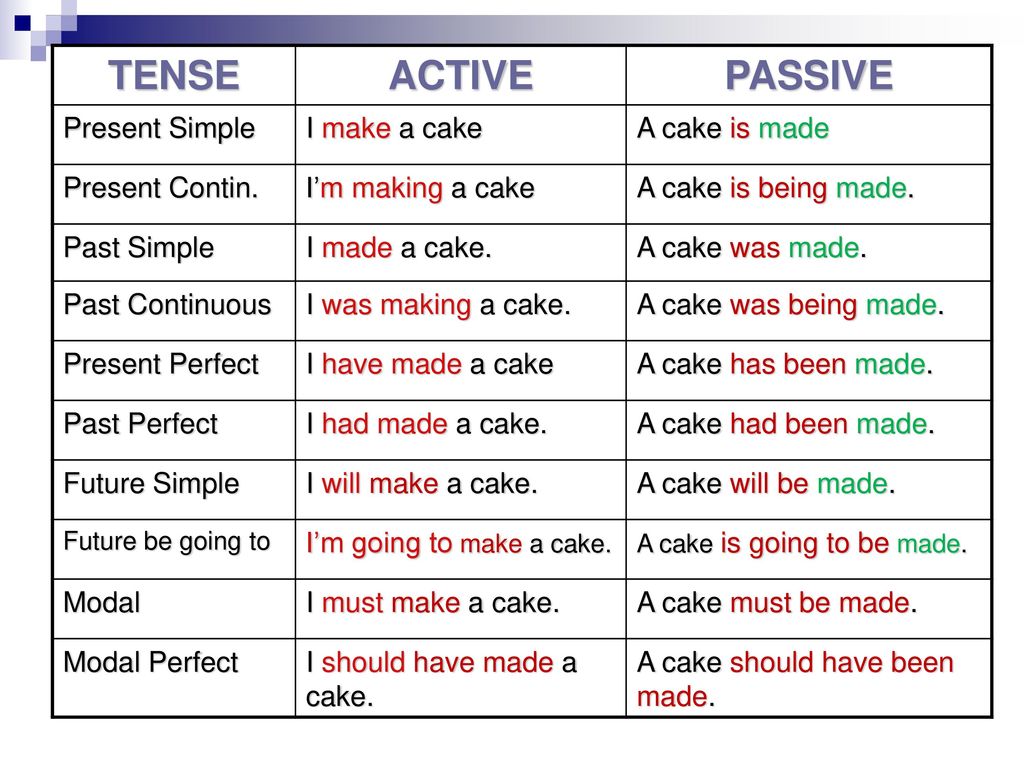
The load index can be conditionally called the load carrying capacity of a tire - in other words, it is the load limit of a car equipped with specific tires at the maximum specified speed. The load indexes of passenger car tires range from 60 to 125 units (or from 250 to 1650 kg). On the tire, it is applied next to the speed index and is indicated by numbers - for example, 98T (where 98 is the load index, T is the speed index).
It is worth noting that a variety of indicators influence this parameter: the degree of tread wear, the tire temperature, and much more. To slightly smooth out the influence of these factors, the manufacturer always leaves a margin of safety of at least 20%. It is especially important to take into account the load index when moving on domestic roads: after all, we have the maximum number of bumps, pits and other bumps on the road.
Of course, such coefficients are always calculated with a margin, but it is better to save tire resources for some unforeseen event, and in normal operation it is better to save rubber. After all, tires whose load index is within the acceptable level last longer.
After all, tires whose load index is within the acceptable level last longer.
Consider a specific example - your tire is marked 98 T: a coefficient of 98 shows that the load on one tire in this case should not exceed 750 kg. Accordingly, the load on all four wheels reaches 3000 kg - this is the total load capacity of the tires. Subtract from this number the weight of the car itself (for example, 1600 kg), driver (90 kg) and passengers (85 + 75 kg) and get the potential weight of the cargo that you can load into your car - in this case, 1150 kg. This is the load that your car will withstand at speed 190 km/h
However, the load index is the maximum allowable value, a peak that should not be climbed. The weight of the car and load is not always evenly distributed between the front and rear axles, and passengers often sit in the wrong place for balance, and therefore there should always be a small margin. The most optimal and safe is the load in the amount of not more than 35% of the total mass of the car . After all, for transporting particularly heavy loads, you can always buy tires that have a higher tire load index. But keep in mind that in this case, the load on the suspension will also increase, and this can lead to its premature wear.
The most optimal and safe is the load in the amount of not more than 35% of the total mass of the car . After all, for transporting particularly heavy loads, you can always buy tires that have a higher tire load index. But keep in mind that in this case, the load on the suspension will also increase, and this can lead to its premature wear.
| LI | kg | LI | kg | LI | kg | LI | kg | LI | kg | LI | kg | LI | kg |
|---|---|---|---|---|---|---|---|---|---|---|---|---|---|
| 0 | 45 | 40 | 140 | 80 | 450 | 120 | 1400 | 160 | 4500 | 200 | 14000 | 240 | 45000 |
| 1 | 46.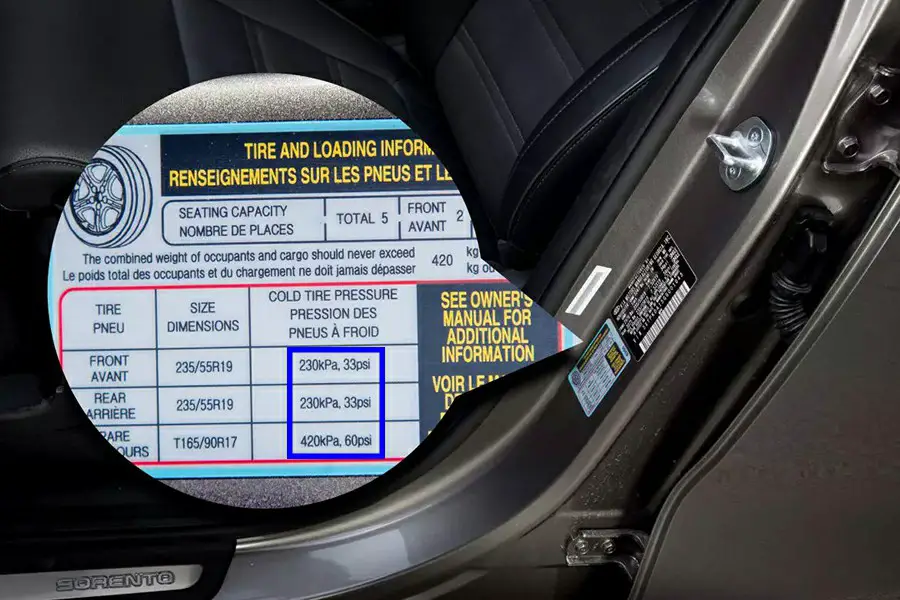 2 2 | 41 | 145 | 81 | 462 | 121 | 1450 | 161 | 4625 | 201 | 14500 | 241 | 46250 |
| 2 | 47.5 | 42 | 150 | 82 | 475 | 122 | 1500 | 162 | 4750 | 202 | 15000 | 242 | 47500 |
| 3 | 48.7 | 43 | 155 | 83 | 487 | 123 | 1550 | 163 | 4875 | 203 | 15500 | 243 | 48750 |
| 4 | 50 | 44 | 160 | 84 | 500 | 124 | 1600 | 164 | 5000 | 204 | 16000 | 244 | 50000 |
| 5 | 51.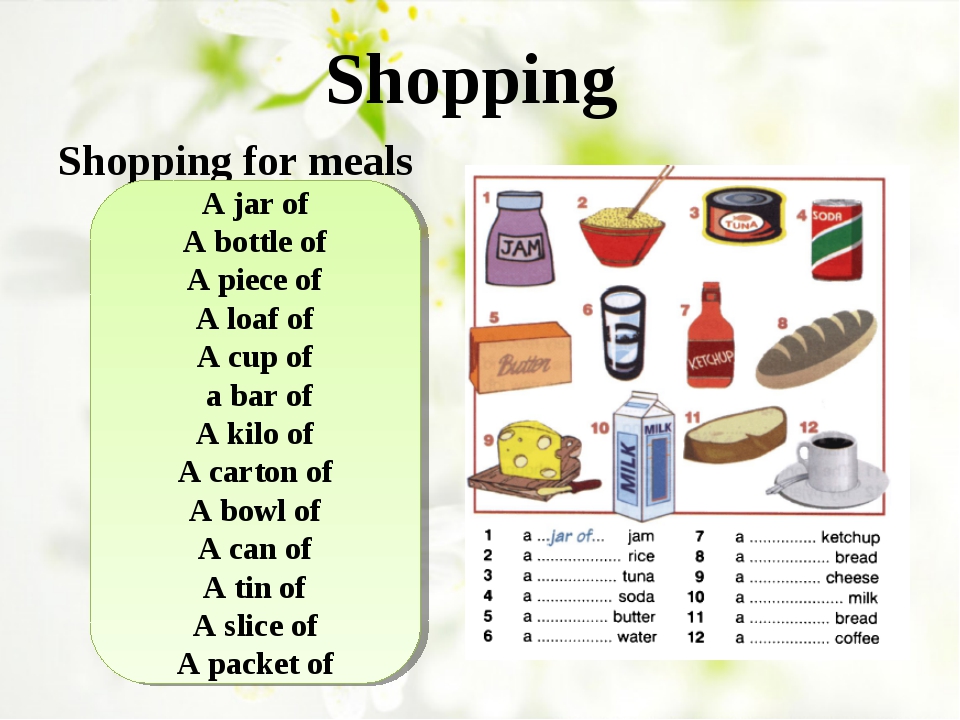 5 5 | 45 | 165 | 85 | 515 | 125 | 1650 | 165 | 5150 | 205 | 16500 | 245 | 51500 |
| 6 | 53 | 46 | 170 | 86 | 530 | 126 | 1700 | 166 | 5300 | 206 | 17000 | 246 | 53000 |
| 7 | 54.5 | 47 | 175 | 87 | 545 | 127 | 1750 | 167 | 5450 | 207 | 17500 | 247 | 54500 |
| 8 | 56 | 48 | 180 | 88 | 560 | 128 | 1800 | 168 | 5600 | 208 | 18000 | 248 | 56000 |
| 9 | 58 | 49 | 185 | 89 | 580 | 129 | 1850 | 169 | 5800 | 209 | 18500 | 249 | 58000 |
| 10 | 60 | 50 | 190 | 90 | 600 | 130 | 1900 | 170 | 6000 | 210 | 19000 | 250 | 60000 |
| eleven | 61.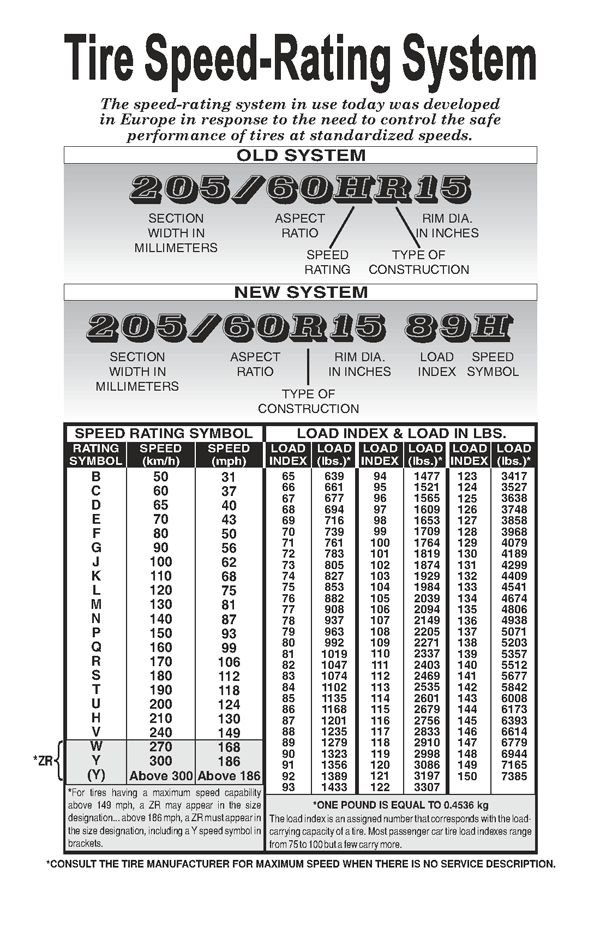 5 5 | 51 | 195 | 91 | 615 | 131 | 1950 | 171 | 6150 | 211 | 19500 | 251 | 61500 |
| 12 | 63 | 52 | 200 | 92 | 630 | 132 | 2000 | 172 | 6300 | 212 | 20000 | 252 | 63000 |
| 13 | 65 | 53 | 206 | 93 | 650 | 133 | 2060 | 173 | 6500 | 213 | 20600 | 253 | 65000 |
| 14 | 67 | 54 | 212 | 94 | 670 | 134 | 2120 | 174 | 6700 | 214 | 21200 | 254 | 67000 |
| 15 | 69 | 55 | 218 | 95 | 690 | 135 | 2180 | 175 | 6900 | 215 | 21800 | 255 | 69000 |
| 16 | 71 | 56 | 224 | 96 | 710 | 136 | 2240 | 176 | 7100 | 216 | 22400 | 256 | 71000 |
| 17 | 73 | 57 | 230 | 97 | 730 | 137 | 2300 | 177 | 7300 | 217 | 23000 | 257 | 73000 |
| 18 | 75 | 58 | 236 | 98 | 750 | 138 | 2360 | 178 | 7500 | 218 | 23600 | 258 | 75000 |
| 19 | 77.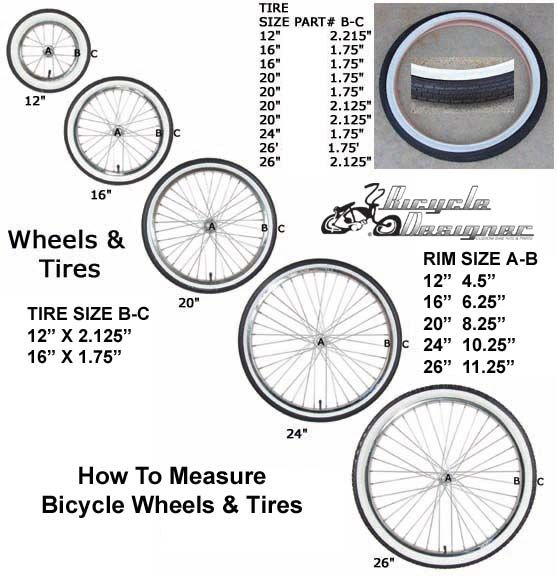 5 5 | 59 | 243 | 99 | 775 | 139 | 2430 | 179 | 7750 | 219 | 24300 | 259 | 77500 |
| 20 | 80 | 60 | 250 | 100 | 800 | 140 | 2500 | 180 | 8000 | 220 | 25000 | 260 | 80000 |
| 21 | 82.5 | 61 | 257 | 101 | 825 | 141 | 2575 | 181 | 8250 | 221 | 25750 | 261 | 82500 |
| 22 | 86 | 62 | 265 | 102 | 850 | 142 | 2650 | 182 | 8500 | 222 | 26500 | 262 | 85000 |
| 23 | 87. 5 5 | 63 | 272 | 103 | 875 | 143 | 2725 | 183 | 8750 | 223 | 27250 | 263 | 87500 |
| 24 | 90 | 64 | 280 | 104 | 900 | 144 | 2800 | 184 | 9000 | 224 | 28000 | 264 | |
| 25 | 92.5 | 65 | 290 | 105 | 925 | 145 | 2900 | 185 | 9250 | 225 | 29000 | 265 | 92500 |
| 26 | 95 | 66 | 300 | 106 | 950 | 146 | 3000 | 186 | 9500 | 226 | 30000 | 266 | 97500 |
| 27 | 97.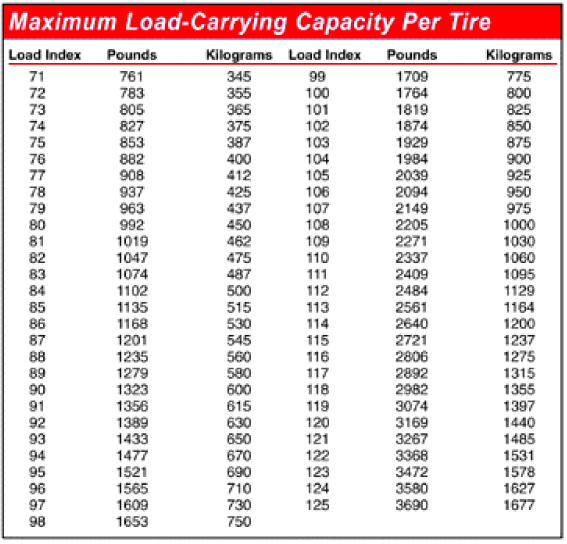 5 5 | 67 | 307 | 107 | 975 | 147 | 3075 | 187 | 9750 | 227 | 30750 | 267 | 97500 |
| 28 | 100 | 68 | 315 | 108 | 1000 | 148 | 3150 | 188 | 10000 | 228 | 31500 | 268 | 100000 |
| 29 | 103 | 69 | 325 | 109 | 1030 | 149 | 3250 | 189 | 10300 | 229 | 32500 | 269 | 103000 |
| thirty | 106 | 70 | 335 | 110 | 1060 | 150 | 3350 | 190 | 10600 | 230 | 33500 | 270 | 106000 |
| 31 | 109 | 71 | 345 | 111 | 1090 | 151 | 3450 | 191 | 10900 | 231 | 34500 | 271 | 109000 |
| 32 | 112 | 72 | 355 | 112 | 1120 | 152 | 3550 | 192 | 11200 | 232 | 35500 | 272 | 112000 |
| 33 | 115 | 73 | 365 | 113 | 1150 | 153 | 3650 | 193 | 11500 | 233 | 36500 | 273 | 115000 |
| 34 | 118 | 74 | 375 | 114 | 1180 | 154 | 3750 | 194 | 11800 | 234 | 37500 | 274 | 118000 |
| 35 | 121 | 75 | 387 | 115 | 1215 | 155 | 3875 | 195 | 12150 | 235 | 38750 | 275 | 121000 |
| 36 | 125 | 76 | 400 | 116 | 1250 | 156 | 4000 | 196 | 12500 | 236 | 40000 | 276 | 125000 |
| 37 | 128 | 77 | 412 | 117 | 1285 | 157 | 4125 | 197 | 12850 | 237 | 41250 | 277 | 128500 |
| 38 | 132 | 78 | 426 | 118 | 1320 | 158 | 4250 | 198 | 13200 | 238 | 42500 | 278 | 132000 |
| 39 | 136 | 79 | 437 | 119 | 1360 | 159 | 4375 | 199 | 13600 | 239 | 43750 | 279 | 136000 |
In conclusion, we note one more important nuance - the tire load index should not be less than that indicated on the tires in the basic configuration of the car.